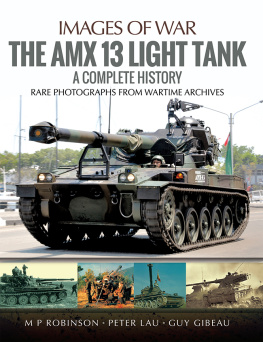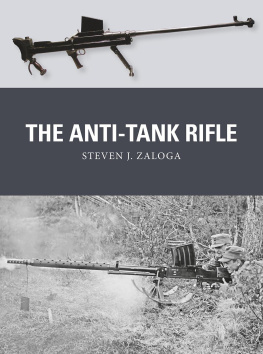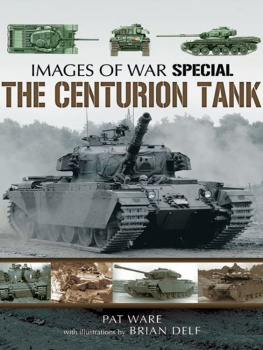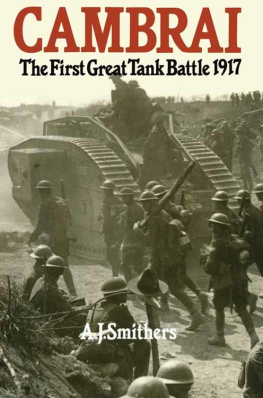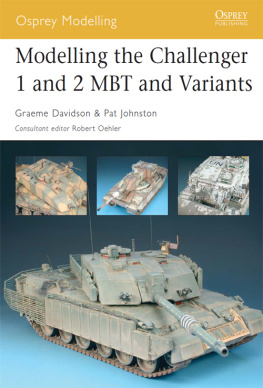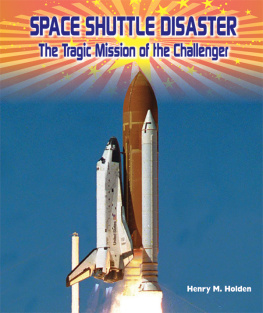IMAGES OF WAR
CHALLENGER 2
This book is dedicated to the memory of Sergeant David Bob Monkhouse, Royal Dragoon Guards; killed in action in Afghanistan in 2010. His kind help in assembling material for this study in its early stages was much appreciated. We also dedicate this work to all British service personnel killed and wounded in Operations Telic and Herrick, and to their families.
IMAGES OF WAR
CHALLENGER 2:
THE BRITISH MAIN BATTLE TANK
RARE PHOTOGRAPHS FROM WARTIME ARCHIVES
M P ROBINSON AND ROB GRIFFIN
First published in Great Britain in 2017 by
PEN & SWORD MILITARY
an imprint of
Pen & Sword Books Ltd,
47 Church Street, Barnsley,
South Yorkshire.
S70 2AS
Copyright M P Robinson and Rob Griffin 2017
ISBN 978-1-47389-665-9
eISBN 978-1-47389-667-3
Mobi ISBN 978-1-47389-666-6
The right of M P Robinson and Rob Griffin to be identified as Authors of this work has been asserted by them in accordance with the Copyright, Designs and Patents Act 1988.
A CIP catalogue record for this book is available from the British Library.
All rights reserved. No part of this book may be reproduced or transmitted in any form or by any means, electronic or mechanical including photocopying, recording or by any information storage and retrieval system, without permission from the Publisher in writing.
Pen & Sword Books Ltd incorporates the imprints of Pen & Sword Books Limited incorporates the imprints of Atlas, Archaeology, Aviation, Discovery, Family History, Fiction, History, Maritime, Military, Military Classics, Politics, Select, Transport, True Crime, Air World, Frontline Publishing, Leo Cooper, Remember When, Seaforth Publishing, The Praetorian Press,
Wharncliffe Local History, Wharncliffe
For a complete list of Pen & Sword titles please contact:
PEN & SWORD BOOKS LIMITED
47 Church Street, Barnsley, South Yorkshire, S70 2AS, England.
E-mail:
Website: www.pen-and-sword.co.uk
Contents

Men of the SCOTS DG prepare to conduct a live-fire exercise at the Joint Multinational Training Commands Grafenwoehr Training Area in October 2012. The American Exercise Saber Junction included elements of units from 18 different nations to test the different NATO armies capabilities to form an operational coalition force. (U.S. Army photo by Specialist J. Leonard )

A Sergeant of the SCOTS DG hands APFSDS rounds up to his crewmen at the Joint Multinational Training Commands Grafenwoehr range area. The range period preceded tactical training during Exercise Saber Junction in October 2012. (U.S. Army photo by Staff Sergeant J. Salgado)
Acknowledgements
We would like to express our sincere thanks to Major-General Sir Laurence New CB, CBE, to Colonel Peter Barry CBE, Lieutenant-Colonel Brian Trueman oBE and Brigadier Johnny Torrens-Spence CBE. Thanks to Dennis Lunn for his extensive help on the subject of the Challenger 2 prototypes and to Tim Neate for allowing us to use selections from his splendid photo collection. We also thank Home Headquarters Royal Dragoon Guards, Home Headquarters Royal Tank Regiment, Stephen May, Simon Dunstan, Dick Taylor, Richard Stewart, Lawrence Skuse, Pierre Delattre, Peter Brown, Peter Breakspear, Tom Coates, Matt Noone, David Stickland, Adarsh Ramamurthy, James Patterson, Anthony Ryan, Colin Rosenwould, P. Drabble, J.-W. DeBoer, Keith Paget, James Patterson, Marylin Suckling Gear and Ron Mihalko for their kind help in obtaining reference materials and photographs for this work.
M.P. Robinson and Rob Griffin

A Challenger 2 of the SCOTS DG deployed in training on snowy ground prior to Exercise Saber Junction in October 2012. The lion rampant of Scotland is prominently stencilled on the turrets side. (U.S. Army photo by B. Fletcher)
Preface
This book describes the history of the Challenger 2 up to the present day and it goes to press just as the discussions about the Challenger 2s future form begin to enter the stage where choices and decisions are made. It is two amateur historians estimation of a complex story that stretches back to the late 1970s and it will continue to unfold over an exceptionally long service life. Where documentary evidence exists we have noted sources but all gun performance data is approximate and unconfirmed. Our work has benefitted from the kind help of many who have known British tank and component design well and from soldiers who have participated in its design. While we have discussed many parameters of the Challenger 2s technical development, we have also deliberately avoided discussion of factors that might affect the security of crews. We ask readers to understand this very appropriate constraint on our study of a current weapon system.

(U.S. Army photo by B. Fletcher)
Introduction
British tank design practice in the years after 1945 followed the lessons of six years of mortal combat against an enemy who took tank design and tank warfare to a high art form. operational experience in the last years of the war had deeply influenced post-war tank design and, since the A41 Centurion of 1945, British tank design philosophy prioritized firepower, protection and mobility (in that order). The Chieftain was Britains first Main Battle Tank (MBT) and, continuing a strong balance of firepower and protection, it became the first NATO MBT to mount a 120mm gun; it also incorporated heavier armour than contemporary European tank designs. The Chieftains development began in 1951, prototypes were built from 1959 and the first production vehicles entered service in 1967. This 16-year gestation period was typical for the time but it exceeded its planned service life of approximately 20 years. There was no smooth transition to a newer and much more powerful vehicle to replace the Chieftain after 1985. The vehicle we know today as the Challenger 2 was actually developed as the Chieftains replacement, and it entered service over 15 years after the Chieftains designed replacement date. The cancellation of one major weapons programme and the chequered career of another were major factors that extended the Chieftains career into the early 1990s along with geopolitical factors that nobody could have predicted a decade earlier.

Challenger 2s of the 1st RTR demonstration squadron crossing an AVLB bridge during Exercise Sabres Thrust in 2000. (Tim Neate)


